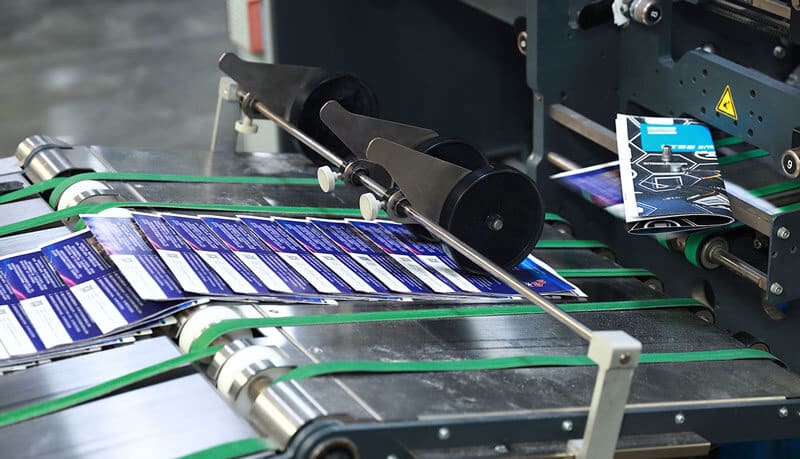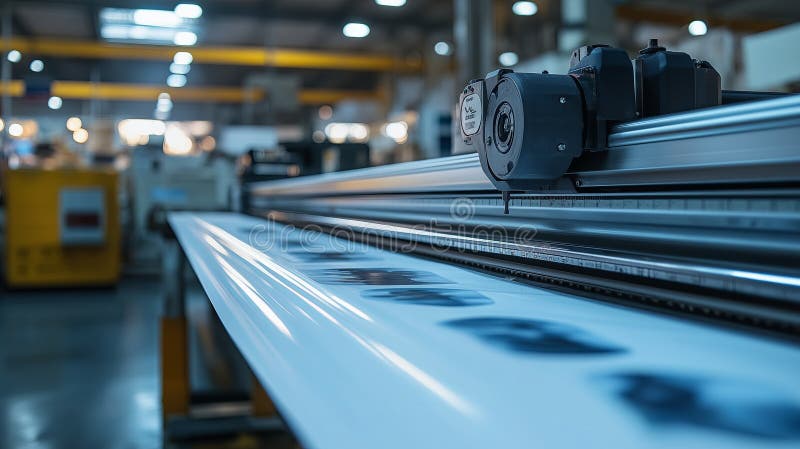In the ever-evolving world of publishing, offset printing for books remains a cornerstone of the industry. This time-tested method is renowned for its ability to produce high-quality prints with efficiency and cost-effectiveness. For marketing professionals and publishers alike, understanding the nuances of offset printing can lead to more informed decisions and better outcomes for book production.
Offset printing, particularly in the realm of books, offers a unique blend of quality and scalability. Whether you’re a seasoned publisher or a marketing professional seeking to understand the intricacies of book production, this guide will provide valuable insights into the world of offset printing.

What is Offset Printing?
Offset printing is a widely used printing technique where the inked image is transferred from a plate to a rubber blanket and then onto the printing surface. This method is ideal for producing large volumes of high-quality prints, making it a popular choice for book production.
History and Evolution of Offset Printing
The roots of offset printing trace back to the early 20th century. Initially developed for printing on tin, the method quickly adapted to paper. Over the decades, technological advancements have refined the process, enhancing efficiency and print quality.
How Does Offset Printing Work?
The offset printing process involves several key steps:
1. Pre-Press Preparation
Before printing begins, Offset press components such as plates are created to hold the image. These plates are then mounted onto the printing press.
2. Printing Process
Once the plates are in place, the actual printing begins. The image is transferred from the plate to a rubber blanket, and then onto the paper. This indirect transfer ensures a high-quality print with consistent results.
3. Post-Press Finishing
After printing, the sheets undergo various finishing processes such as binding, cutting, and inspection to ensure the final product meets quality standards.
Advantages of Offset Printing for Books
Offset printing offers numerous benefits, particularly for book production:
1. High-Quality Prints
The indirect transfer process ensures sharp and clear images, making it ideal for detailed illustrations and text.
2. Cost-Effective for Large Volumes
While the initial setup costs are higher, the per-unit cost decreases significantly with larger print runs.
3. Versatility in Materials
Offset printing can be used on a variety of paper types and sizes, offering flexibility for different book projects.
Challenges in Offset Printing
Despite its advantages, offset printing does present some challenges:
1. Initial Setup Costs
The cost of creating plates and setting up the press can be high, especially for smaller print runs.
2. Longer Turnaround Times
Compared to digital printing, offset printing typically has longer lead times due to the setup process.
Offset Printing vs. Digital Printing
While both methods have their place in the printing world, they serve different needs. Offset printing is ideal for large volumes, whereas digital printing offers quicker turnaround and is more cost-effective for smaller runs.
Technological Advancements in Offset Printing
Recent years have seen significant advancements in offset printing technology, improving efficiency and quality. Innovations such as automated plate changing and advanced ink systems have enhanced the capabilities of offset presses.
The Role of Color in Offset Printing
Color plays a crucial role in offset printing. The use of spot colors and CMYK processes ensures vibrant and accurate color reproduction, essential for visually appealing books.
The Environmental Impact of Offset Printing
Offset printing has made strides in reducing its environmental footprint. Eco-friendly inks and sustainable paper sources are increasingly common, aligning with the growing demand for sustainable practices in publishing.
Future Trends in Offset Printing for Books
The future of offset printing looks promising, with potential trends including further automation, improved sustainability, and enhanced integration with digital technologies.
Choosing the Right Printing Method for Your Book
When deciding between offset and digital printing, consider factors such as volume, budget, and turnaround time. Offset printing is the optimal choice for large print runs with high-quality demands.

FAQs
1. Why is offset printing preferred for books?
Offset printing is preferred due to its high-quality output and cost-effectiveness for large volumes.
2. What types of books benefit most from offset printing?
Books with detailed illustrations or requiring high print volumes typically benefit most from offset printing.
3. How does offset printing compare to digital printing?
Offset printing is ideal for large runs and offers better unit costs at scale, whereas digital is suited for smaller runs and faster turnarounds.
For more detailed information on how offset printing works, you can visit Meyers’ Blog.
This article contains affiliate links. We may earn a commission at no extra cost to you.






